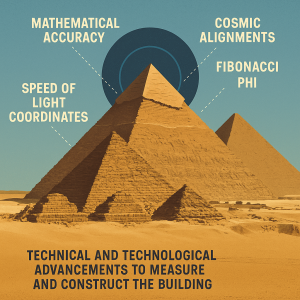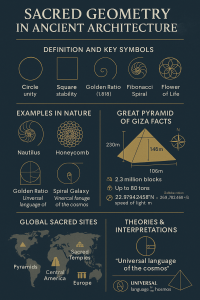Ancient Innovation Beyond Imagination
“We are skeptical that the largest pyramids were built using only known ramp and lever methods.”
The ancient Egyptians were remarkably advanced for their time, mastering architecture, astronomy, and engineering. But new research is now challenging long-held beliefs about how their most iconic structures were built—suggesting the use of hydraulic lift technology.
A study published in PLOS One introduces a bold theory: the Step Pyramid of Djoser may have been built using a complex system of trenches, tunnels, and a dam that harnessed water to float massive stone blocks into place. Could water-powered engineering predate modern hydraulics by millennia?
The Step Pyramid: A Case Study in Ancient Engineering
Built around 2680 BCE, the Step Pyramid is considered Egypt’s earliest pyramid and the precursor to later masterpieces like the Great Pyramid of Giza. It was designed by the renowned architect Imhotep for Pharaoh Djoser. But its construction methods remain an enigma.
The recent study by Xavier Landreau of Paleotechnic claims the surrounding vertical shaft, connected by over 650 feet of underground tunnels, might have served as a hydraulic lift system—channeling floodwaters from a larger trench or dam-like structure known as the Gisr el-Mudir.
The supposed “check dam” would regulate floodwaters and filter sediments, allowing the pyramid’s tunnels to remain navigable. If correct, this theory redefines what we know about Egyptian construction—and their technological capabilities.
Controversial Claims and Scholarly Skepticism
Not all experts are convinced. Critics, including Fabian Welc from Poland’s Cardinal Stefan Wyszynski University, argue that rainfall levels in the region wouldn’t have supported such a system.
“These rains… would not have been able to fill the dry moat even to a small extent,” Welc told CNN.
Famed Egyptologist Zahi Hawass dismissed the theory entirely, stating after 12 years of excavations in the area: “There is not one single piece of evidence… to prove [that it was a dam].”
Even the study’s authors concede more research is needed. Still, the idea offers a compelling new lens through which to view the ancient world—not as primitive, but as ingeniously adaptive.
The Ongoing Debate: Ramp, Water, or Something More?
Mainstream consensus has long held that pyramids were constructed using ramps, sleds, and massive labor forces—20,000 to 100,000 workers over decades. But even with this knowledge, the sheer precision and scale of structures like the Great Pyramid of Giza remain awe-inspiring.
-
2.3 million limestone blocks, some weighing up to 80 tons
-
Alignment to true north within 1/15th of a degree
-
Construction allegedly completed in just 20 years
Theories abound—from celestial navigation using stars to hidden high technologies lost to time. Some propose that knowledge was passed down from a prehistoric civilization, perhaps even one pre-dating the dynastic Egyptians themselves.

Tool Marks, the Sphinx, and Unanswered Questions
Unexplained tool marks on granite artifacts suggest that copper tools may not have been sufficient for the precision observed. Could this indicate the use of more advanced machinery?
Meanwhile, the Great Sphinx shows signs of erosion that some geologists argue is consistent with extreme water damage, hinting at a construction date thousands of years earlier than currently accepted.
Each clue—each anomaly—invites a deeper question: Did the ancients possess advanced knowledge or inherit it from a forgotten civilization?
Conclusion: Myth, Mystery, or Mechanical Mastery?
Whether the use of hydraulic technology in pyramid construction proves true or not, one thing is certain: our understanding of ancient civilizations is far from complete. Each new theory deepens the mystery and invites us to look beyond textbooks—to question, explore, and wonder.
For history enthusiasts and mystery seekers alike, the pyramids remain a puzzle not only of stone, but of time, science, and human potential.






